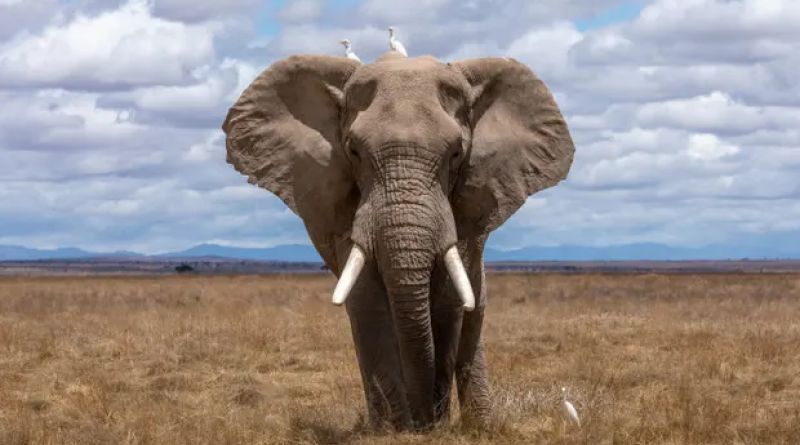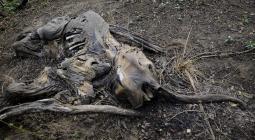How wild animals can help control the climate crisis

Rewilding planet by carefully encouraging wolves, wildebeest and whales could help control carbon emissions.
Rewilding has the potential to supercharge climate mitigation, says the Global Rewilding Alliance, an umbrella group for organisations working to restore ecosystems. Sunday 20 March is World Rewilding Day, and the focus this year is on the critical importance of wild animals for the climate. Rewilding landscapes with wolves and wildebeest could be even more important than planting trees.
Adding the right animals to the right landscape can help to rebalance the ecosystem and maximise the amount of carbon that can be stored. For example, introducing herbivores such as Highland cattle to upland areas can help to redistribute seeds and nutrients over wide areas and promote plant growth. But too many herbivores can result in overgrazing, so carnivores are vital too. Get the balance right and the carbon benefits are huge: an estimated 10% of US carbon emissions from the burning of fossil fuels could be mopped up by North American boreal forests, if they contained the correct balance of wolves, moose and trees
It’s not just on land that animals can help. Ocean predators such as whales devour prey in deep water and excrete nutrients at the surface, promoting phytoplankton production that draws down carbon dioxide. The take-home message: we’re going to need wolves as well as wind turbines to stand any chance of capping global heating at 1.5C.
Author: Kate Ravilious
Photograph: Jacqueline Batrus





